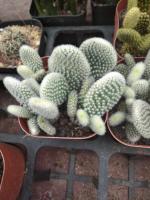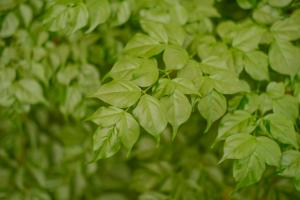Introduction:
Potted plants are beautiful additions to any home or garden, but they are vulnerable to damage from heavy rains. Rain can often be too much for potted plants to handle, soaking the soil and causing root rot, fungal growth, and disease. However, with some preparation and care, potted plants can be protected from the damaging effects of rain. In this article, we will discuss how to protect potted plants from rain.
Choose the Right Container:
The first step to protecting your potted plants from rain is to choose the right container. The container should be of the appropriate size for the plant, with enough drainage holes to allow excess water to drain out. Additionally, the container should be made of a material that can withstand rain, such as plastic, ceramic, or metal. Avoid containers made of materials that can rust or corrode, as they may not last long in wet conditions.
Use Well-Draining Soil:
Another important step in protecting potted plants from rain is to use well-draining soil. Heavy, water-logged soil can lead to root rot and plant disease. Mix in some coarse sand or a lightweight potting mix to improve soil drainage. Additionally, ensure that the potting mix is loose enough to allow air to circulate around the roots.
Provide Proper Drainage:
It is important to provide your potted plants with proper drainage to prevent water from accumulating in the pot. Ensure that the pot has enough drainage holes and place a layer of stones, pebbles, or broken pottery pieces at the bottom of the pot to help with drainage. You can also elevate the pot using bricks or plant stands to ensure that water does not accumulate below the pot.
Cover Your Plants:
If you anticipate heavy rainfall, consider covering your potted plants. You can use a plastic sheet or tarp to cover the plants and prevent excessive water from reaching the soil. However, be sure to remove the cover once the rain has stopped to allow the plants to breathe and dry out.
Position Your Plants:
Finally, it is important to position your potted plants in a location that provides protection from heavy rain. Place the plants under a porch or overhang, or move them inside if possible. Additionally, avoid placing plants in areas that are prone to flooding, such as low-lying areas or areas with poor drainage.
Conclusion:
Protecting potted plants from rain requires a bit of planning and preparation, but it is important to ensure the health and longevity of your plants. Choose the right container, use well-draining soil, provide proper drainage, cover your plants, and position your plants appropriately to protect them from heavy rainfall. With these steps in mind, your potted plants will be able to thrive no matter the weather.

 how many times do yo...
how many times do yo... how many planted tre...
how many planted tre... how many pine trees ...
how many pine trees ... how many pecan trees...
how many pecan trees... how many plants comp...
how many plants comp... how many plants can ...
how many plants can ... how many plants and ...
how many plants and ... how many pepper plan...
how many pepper plan...































